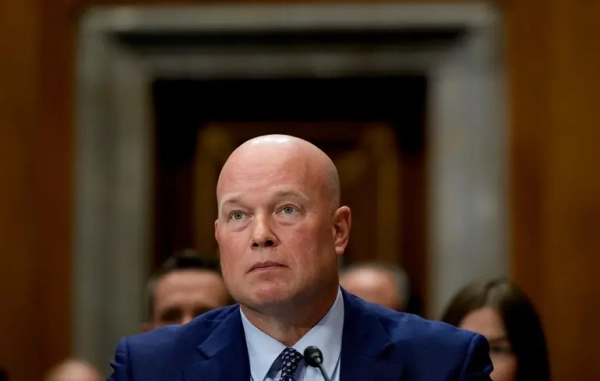
Employers added 312,000 jobs to the US economy in December — nearly double the 178,000 new positions economists had expected, according to the latest jobs report from the Bureau of Labor Statistics.
Meanwhile, the unemployment rate ticked up from 3.7 percent to 3.9 percent, in part because 142,000 people quit their job and started looking for a new one.
Both figures are a sign that the US economy remains strong despite recent stock market volatility over economic growth worries and a prolonged US trade war with China. The continued hiring boom also suggests that fears of a looming economic recession are largely overblown.
The latest jobs report is (mostly) good news for workers. Such a low unemployment rate means that nearly every American who wants to work, and is able to work, has snagged a job by now. And those who lose their jobs, or decide to leave, won’t have a hard time finding another position. The lingering problem, however, is that US workers haven’t seen their paychecks get much bigger.
In December, private sector workers (excluding farmworkers) got an average 11-cent hourly raise, adding up to an average hourly pay of $27.48. That’s a tiny bump, and reflects more of the slow wage growth that has plagued the economy in recent years. In the past 12 months, average hourly earnings have only increased 84 cents, or 3.2 percent, and that doesn’t even take inflation into account.
However, the jobs report does point to a steadily growing economy, with the most new jobs created in health care, construction, and the restaurant industry. In fact, US businesses created more jobs in December than any other month since President Donald Trump took office. For the past year, the American economy was averaging about 209,000 new jobs each month. And wages are barely outpacing inflation.
Wages are starting to rise, just barely
Slow income growth has been the most persistent problem afflicting the US economy in its recovery from the Great Recession. Wages have barely kept up with the cost of living, even as the unemployment rate dropped and the economy expanded.
December’s 11-cent average hourly wage hike suggests that the trend is starting to shift, just barely.
Over the past year, prices rose, so paychecks had to stretch further. When the 2.2 percent inflation rate is taken into account (based on the Consumer Price Index), workers’ wages only grew about 1 percent within the past year — a pathetic amount compared to the skyrocketing payouts to corporate CEOs.
Frustration over stagnant wages is also the major underlying factor behind widespread workers’ strikes across the country in places like California, Oklahoma, and West Virginia. In addition, congressional Republicans had promised that their massive corporate tax cuts would help the average worker, but the gains have been meager.
In response, voters in some states have forced businesses to give low-paid employees a raise.
In November’s midterm elections, voters in Missouri and Arkansas overwhelmingly approved ballot measures that will raise the minimum wage for nearly 1 million workers across both states. And as a result of the minimum-wage laws, low-wage workers in 19 states got pay raises on January 1.
Next month’s jobs report will show whether those raises are enough to boost overall wage growth — and whether that growth is enough to ease frustration among workers who still struggle to pay their bills.
Sourse: vox.com






